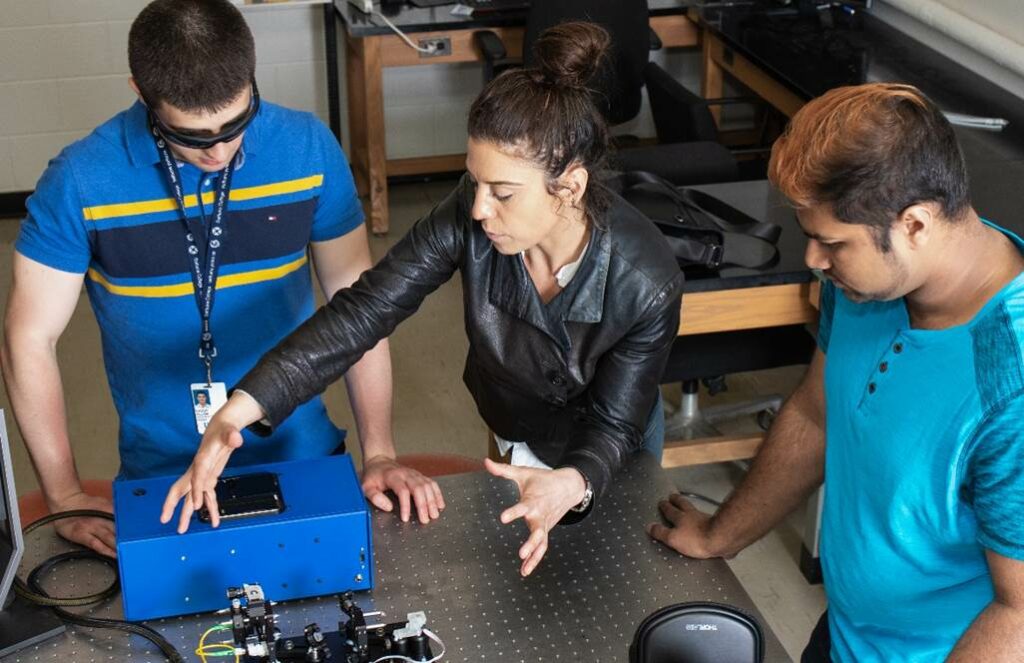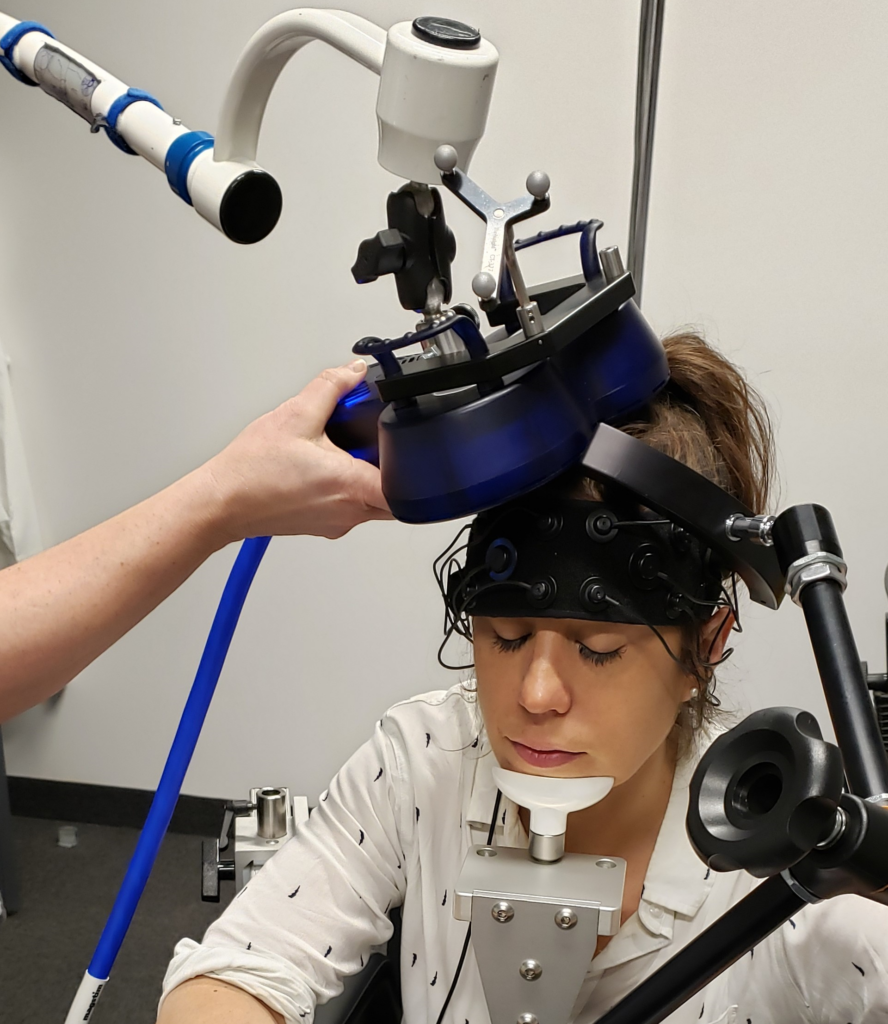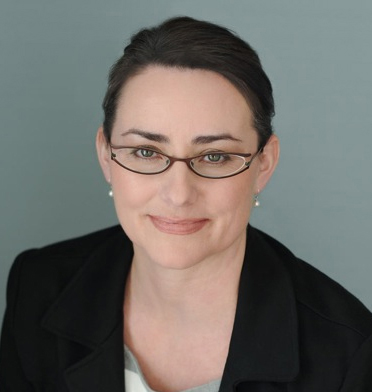A York University researcher is advancing the use of biophotonics to gain a better understanding of age-related disorders of the eye and brain. Biophotonics uses light technology, including lasers, and is a burgeoning field of research and discovery.
By Elaine Smith
Biophysicist Ozzy Mermut has a special interest in age-related disorders of the eye and brain, as well as cancers, and uses biophotonics – the application of light to living organisms – to understand these concerns.
“We all deteriorate over time and as we are aging and living longer, we need to manage these disorders better,” says Mermut, an associate professor in the Department of Physics and Astronomy in the Faculty of Science at York University.
Light technology, including lasers, is a burgeoning field – in 2018, the Nobel Prize for Physics went to Canadian physicist Donna Strickland for her work with lasers – and Mermut believes this approach has potential for understanding and treating disease.

Mermut’s lab, the Mermut integrated Biophotonics Applied Research Lab (MiBAR), has a broad scope, exploring vision diseases, neuro-disorders and cancer through biophotonics. As member of the Centre for Vision Research (CVR) and Vision: Science to Applications (VISTA) at York, she has assembled an interdisciplinary team because “impactful solutions in medicine begin with bridging physics, chemistry, biology and mathematics through experiment and modelling.” Together, MiBAR researchers strive to understand the pathogenesis and hallmarks of age-related diseases and contribute to developing medical solutions using photonics.
“Vision diseases are not only an expensive problem in Canada, but they are also devastating,” says Mermut. “When we lose vision, we lose the ability to perform everyday tasks and it reduces the quality of life.” A study in JAMA Ophthalmology indicated that people believe it to be worse than the loss of a limb, memory or hearing.
“There are numerous ways to treat vision disease, but our goal is to confine the treatment at the cellular level, finding ways to selectively target only the disease, not the healthy cells. We are working on early diagnostics and better treatments.”

The emergence of optical coherence tomography – a new biophotonic technique – in the 1990s has made it possible to acquire much clearer images of the retina, aiding early identification and intervention.
“If we can confine laser energy to specific targets within the eye, we can treat them selectively and personalized to each individual,” explains Mermut. “We are working with ophthalmologists to manipulate laser energy to carefully treat lesions in the eye, a technique called Selective Retinal Therapy, but this technique isn’t at the clinical stage yet. We need to know how to use the laser energy to treat the disease effectively and selectively, and how much energy is required to individualized pathologies. Using biophotonics, we can measure the acoustic-coupled light waves and determine if we have delivered enough energy to treat the disease, while simultaneously reducing collateral damage to healthy cells that are responsible for our vision.”
Ultimately, they hope to individualize treatments based on the differences in each retina, manipulating the laser energy to target lesions.
Mermut also has cancer in her sights. As tumours begin to grow, Mermut says, there is cell disorganization and some areas do not receive enough oxygen. Mermut believes that this could be an important biomarker in treating cancers. By combining photonic techniques with weak magnetic fields, she hopes to detect the oxygen level throughout the tumour as a precursor to treatment.
“If we can understand the oxygen micro-environment, we’ll have a good chance to appropriately treat that tumour,” she explains. “And, if we can detect early signs of tumour progression, we would have an early indicator of cancer. By looking at light-responsive biomaterials in tissue, we may be able to determine how hypoxic a growing tumour is. Then, if we insert a photosensitive chemical into the cancerous region, we can convert the regular old oxygen (vital for life) into a version that is toxic to the cancer cells.”

Then, there’s MiBAR’s biophysics work with neurological disorders, a collaboration with Professor and Associate Vice-President Research and Innovation Jennifer Steeves (also member of CVR) in the Department of Psychology. Steeves uses transcranial magnetic stimulation to stimulate the brain, a technique recently approved in the United States and Canada to treat depression and other mental health conditions. Transcranial magnetic stimulation can also be used to monitor cognitive tasks. However, it is unclear why the treatment is effective. When combined with fibre optic sensors to sense blood oxygenation in the brain, the researchers hope they can begin to understand what is happening in the brain at the molecular level as a step toward insights into neurological illnesses, such as depression and Alzheimer’s disease.
“I’m obsessed with light, particularly using wavelengths in the non-ionizing range,” says Mermut. “We need more and safer mechanisms for treating these diseases and I am thrilled to be part of developing applications that benefit humans.
“The Biophysics Program at York is so exciting – it’s one of our transdisciplinary strengths at York that enables powerful and impactful research to be done.”


